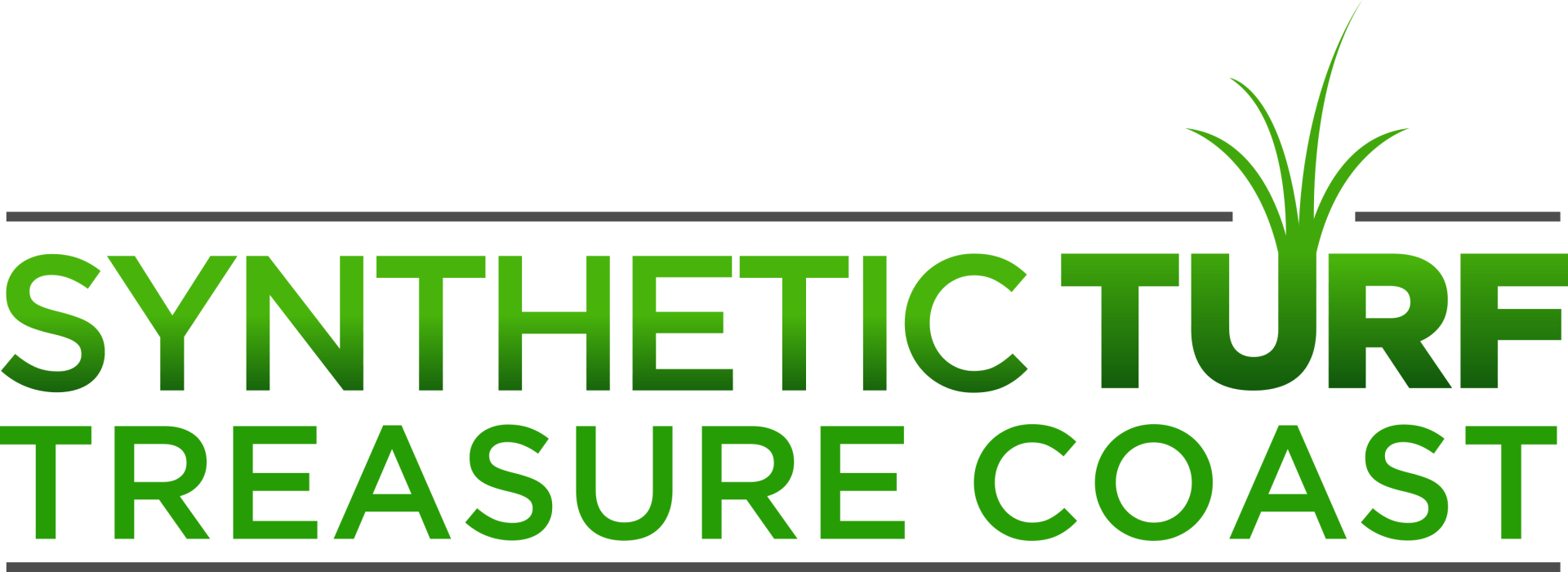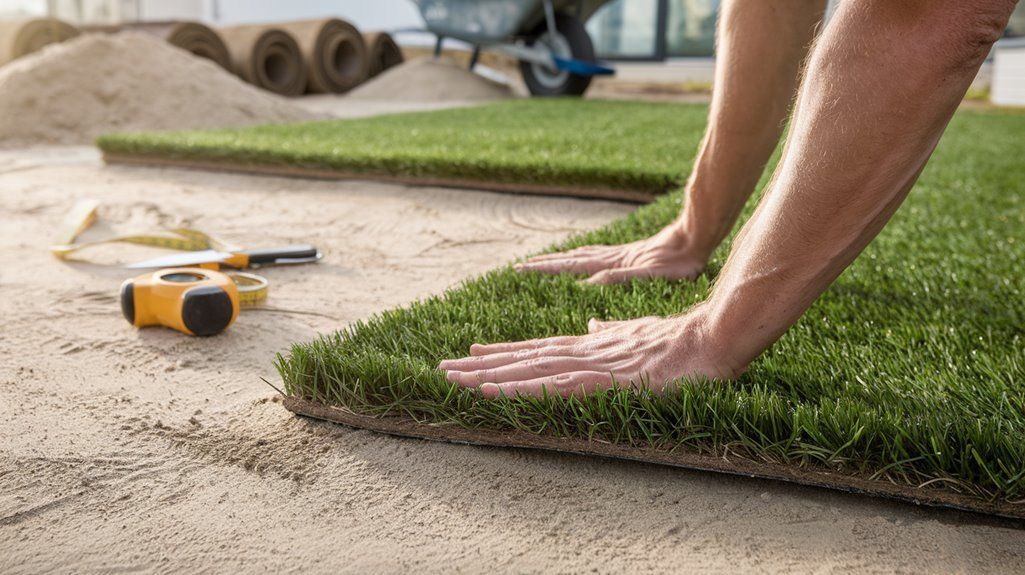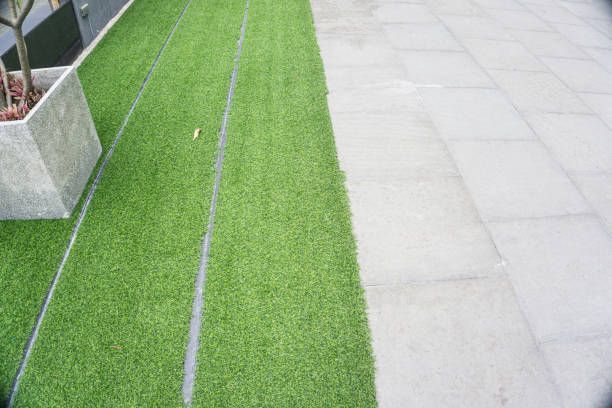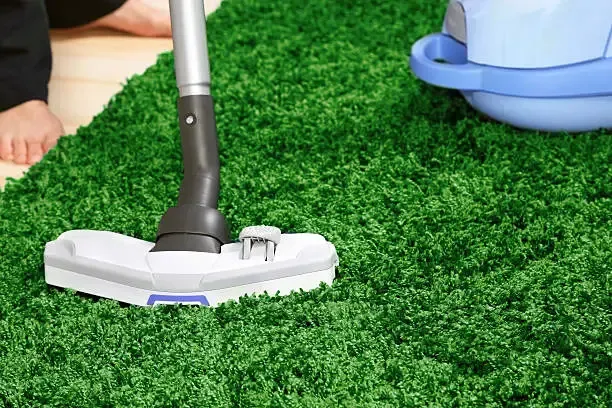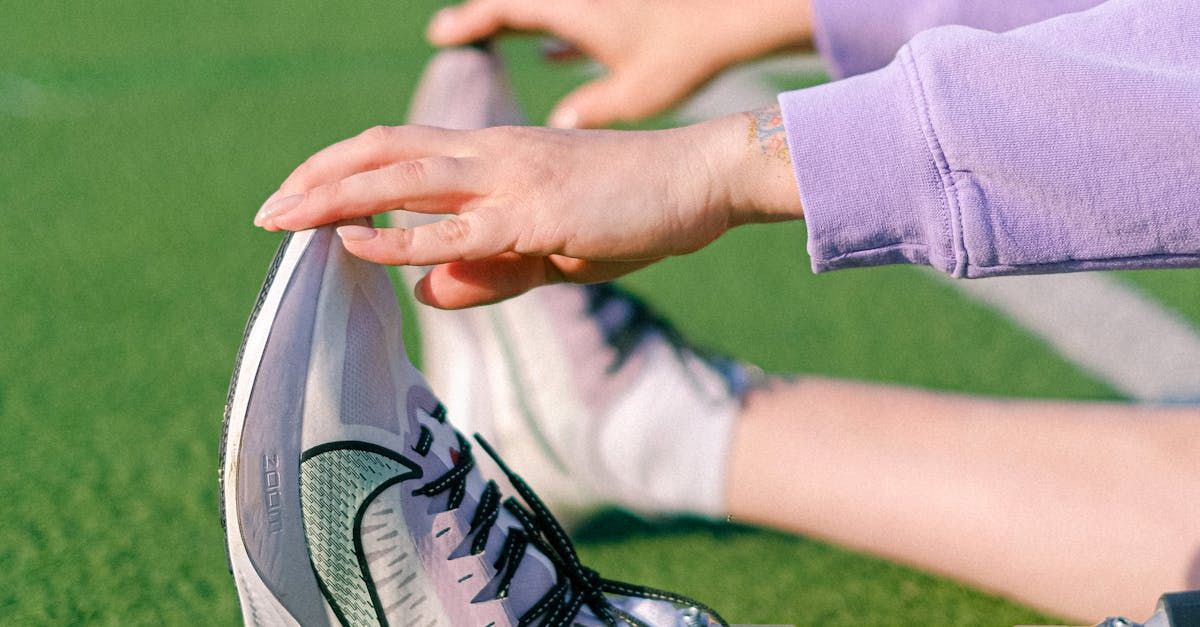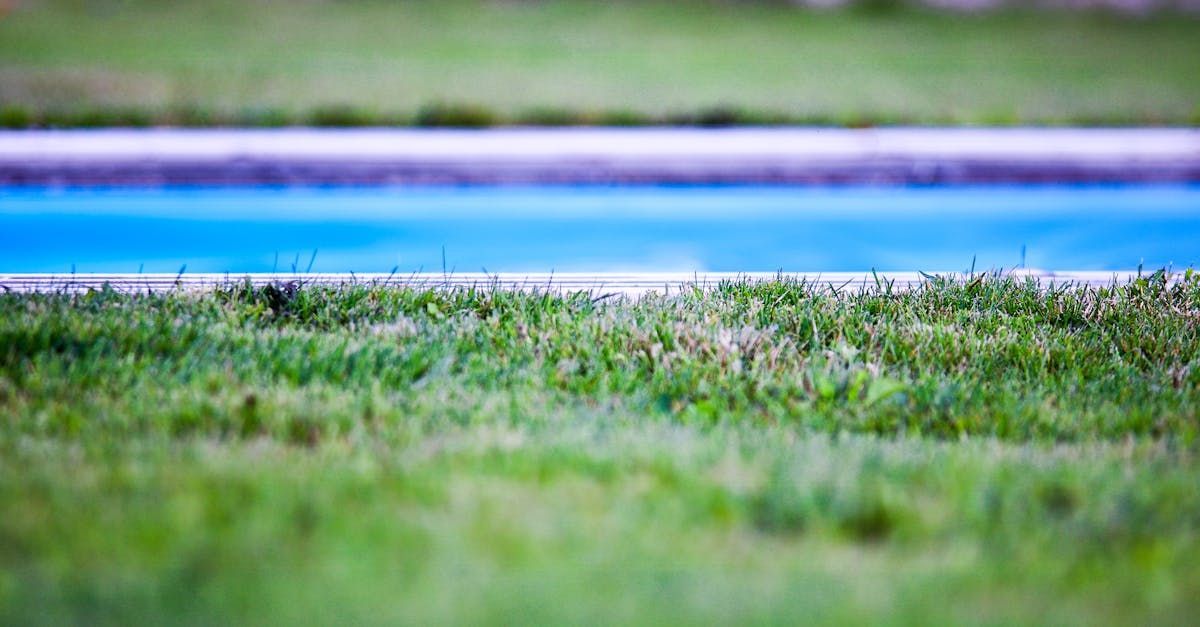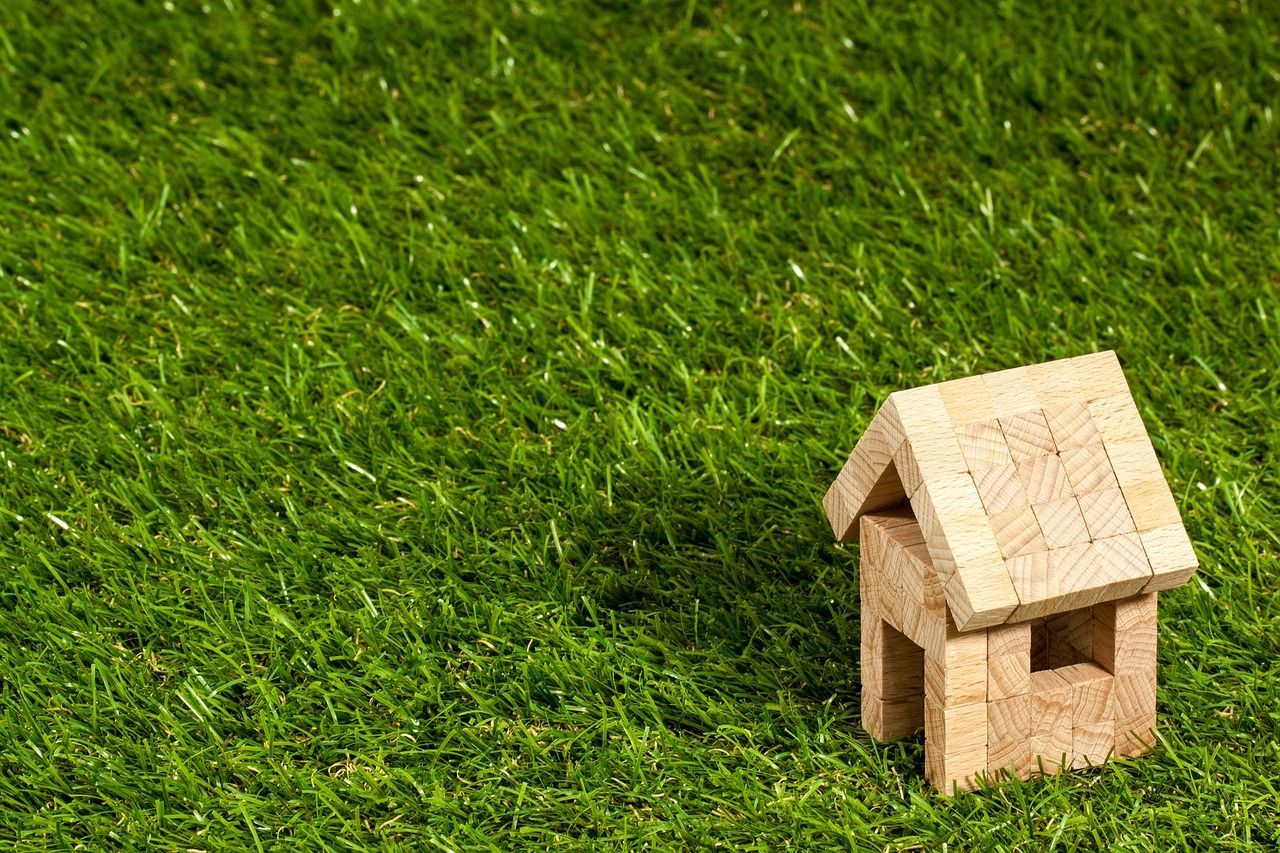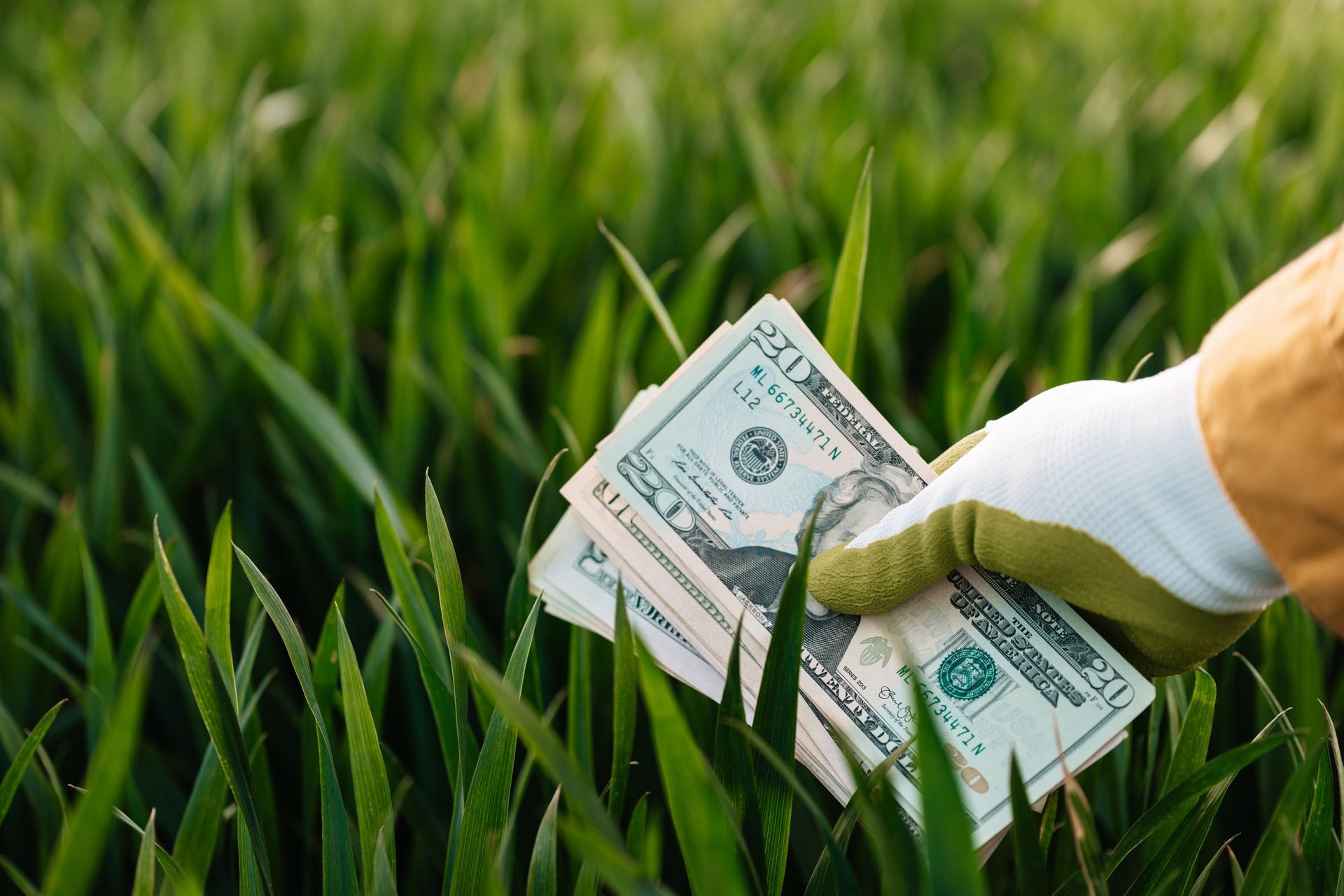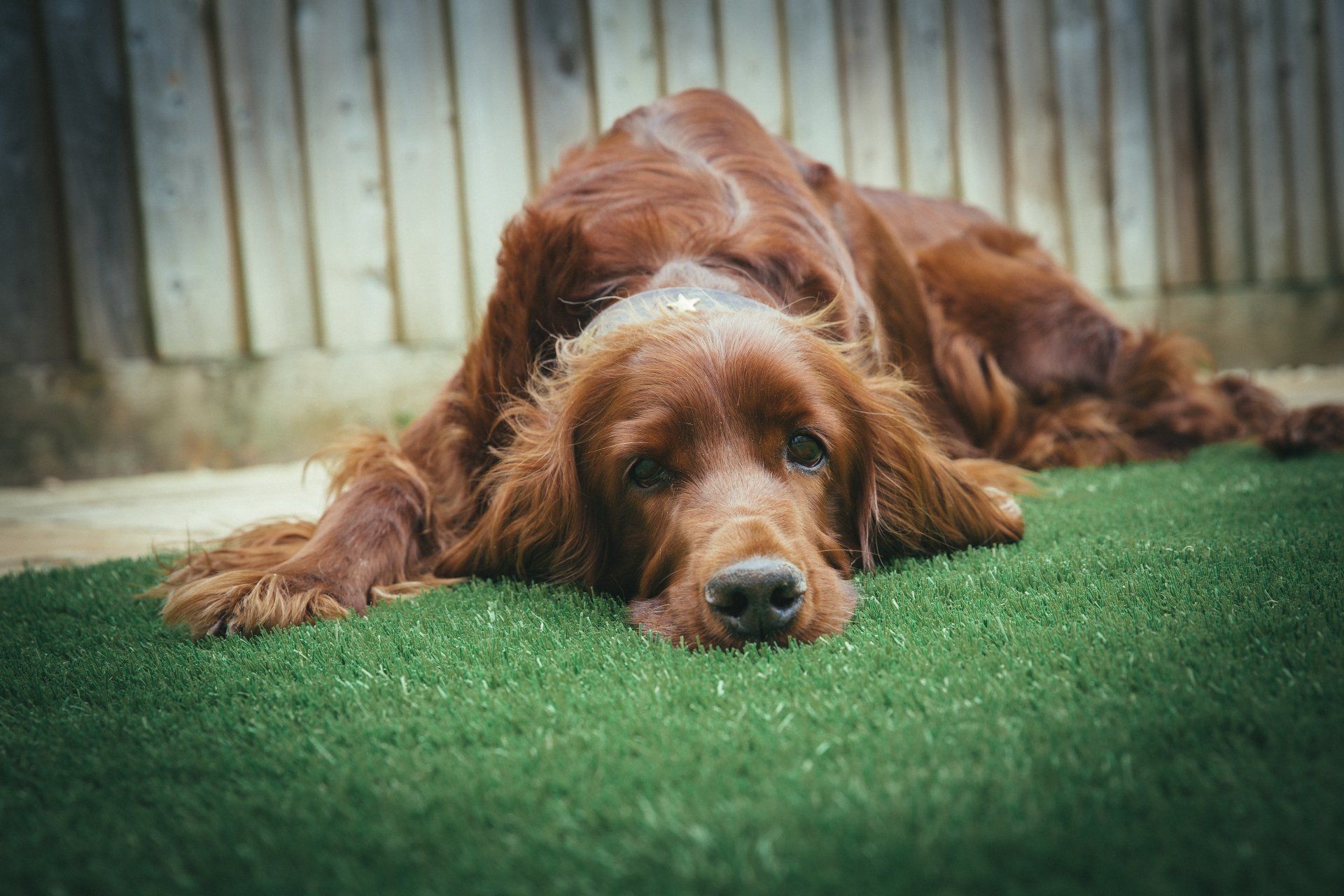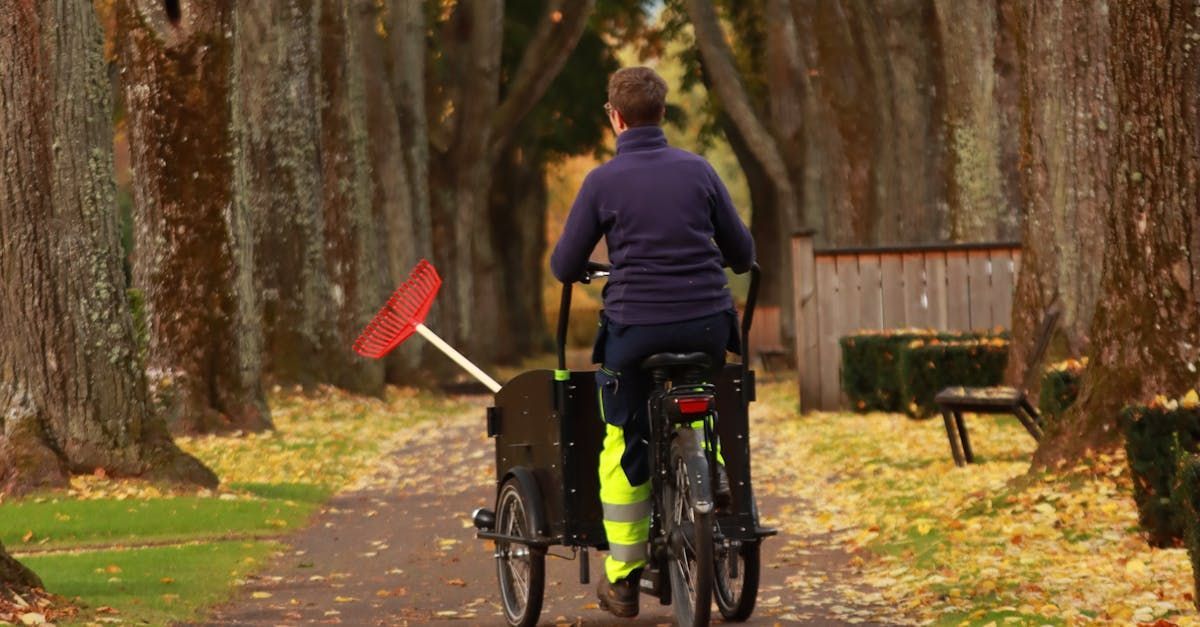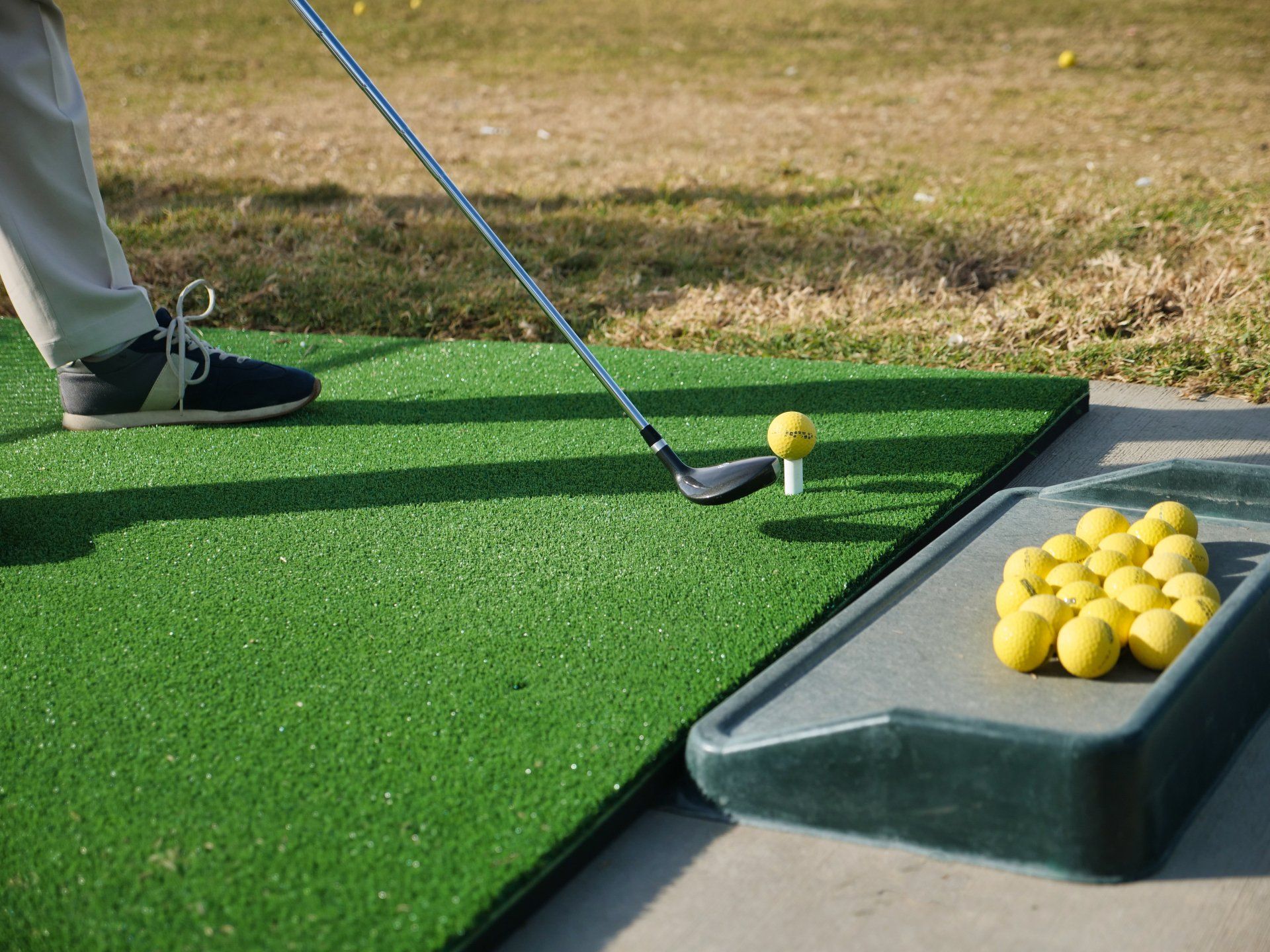Unveiling the Safety Aspects of Artificial Turf
Synthetic grass, sometimes artificial turf, has recently become more popular in various settings, including residential lawns and sports fields. It has a lot of benefits, but there are also some worries regarding its safety.
This all-inclusive guide will examine the safety of artificial grass in many contexts, discussing possible health and environmental issues and the steps taken to ensure it's safe to use.
Safety Concerns and Measures
Heat Retention
Concern: The preservation of heat is one of the main issues linked to synthetic grass. Especially in outdoor sporting events, the surface can get much hotter than real grass in hot weather, which can be uncomfortable and even dangerous.
Safety measures:
Cooling Technologies
A lot of artificial turf maintenance companies have come up with ways to lower the surface temperature. Thanks to these technological advancements, Turf with reflective coatings and unique infill materials is more pleasant and safer to play on in hot weather.
Hydration and Shade
To help alleviate heat-related issues, it is recommended that gamers and athletes take breaks to drink water and seek out shady spots.
Infill Material
Concern: Some have voiced concern about the possible health dangers of using crumb rubber and other infill materials in artificial turf systems. Some people are concerned about the toxins and VOCs that can be present in some infill products.
Also, a 2014 study of nine synthetic turf fields in Italy indicated that evaporating materials at high temperatures may expose children in crucial growth stages to toxic chemicals. The release of polycyclic aromatic hydrocarbons (PAHs) occurs continuously, according to the report, and the “toxicity equivalent of the different compounds evaporating from the crumb was far from negligible.” The quantity of toxic substances synthetic turf releases, the report concluded, “does not make it safe for public health”. (1)
Safety Measures:
Safer Infill Options
In response to these worries, scientists and producers are looking into biodegradable and plant-based filler materials. These substitutes attempt to lessen the dangers to people's health without sacrificing the safety and effectiveness of artificial grass.
Regulations
The infill materials utilized in artificial turf must adhere to rigorous safety standards resulting from rulemaking by bodies like the Consumer Product Safety Commission (CPSC) and the Environmental Protection Agency (EPA).
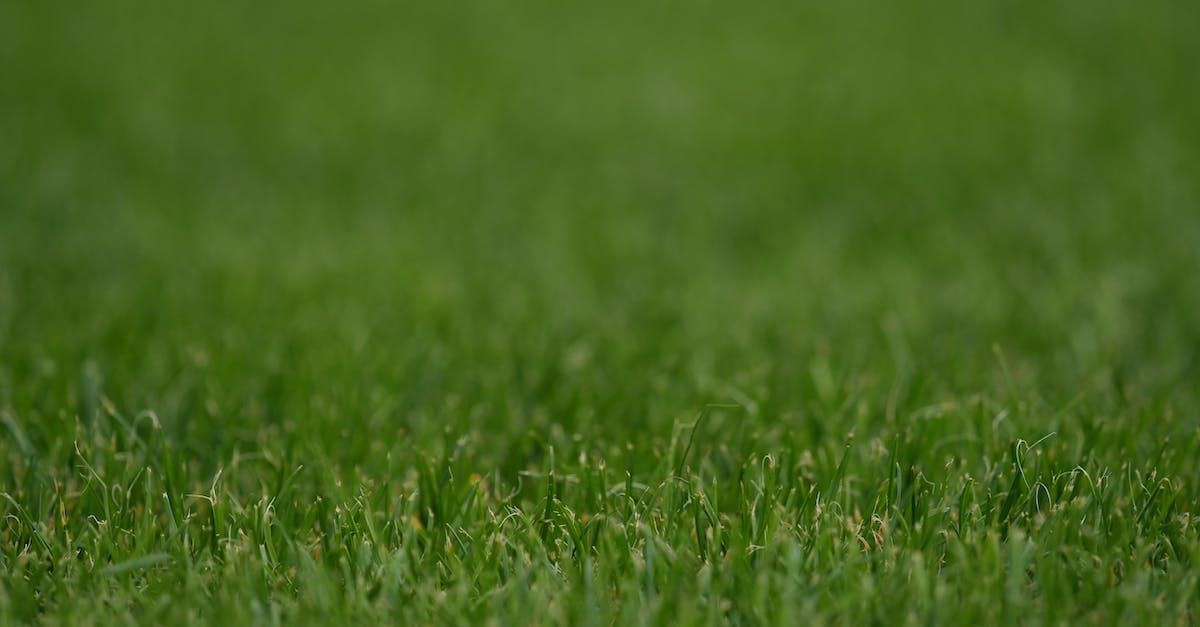
Surface Abrasion
Concern: The likelihood of friction-related injuries, including abrasions and turf burns, is higher on artificial grass because of its abrasiveness. Such injuries may be more common on artificial grass, particularly among athletes and players in contact sports.
Safety Measures:
Upkeep of Surfaces
Maintaining an equal surface and reducing harsh conditions requires regular brushing and care of the lawn.
The Right Apparel and Tools
Players and athletes should use protective gear such as padded clothes and turf shoes to reduce the likelihood of cuts and scrapes.
Skin Irritations and Allergies
The abrasiveness of the synthetic surface is the main cause of concerns regarding asthma attacks and skin irritations on synthetic grass. Abraded skin, turf burns, and irritations are just some of the skin problems that can result from the friction of the blades of fake grass and the skin. Athletes and anyone who uses artificial turf fields for athletics or leisure should pay special attention to this issue.
Safety measures:
Wearing Protective Gear
Wearing the right clothes and protective gear can greatly reduce the likelihood of skin irritations for athletes and anybody else utilizing artificial grass. Participating in athletic events entails donning specially designed turf shoes and cushioned uniforms. To avoid abrasions and turf burns, turf shoes are made to minimize the skin's contact with the grass surface.
Proper Surface Maintenance
The best way to keep skin irritations at bay from an artificial turf installer is to maintain it regularly and correctly. To keep the grass from becoming abrasive, it is important to do frequent surface cleaning, brushing, and leveling. An injury is far less likely to occur on a surface that has been well-maintained.
Alternative Playing Surfaces
Alternative playing surfaces should be seriously considered in certain situations, especially for people with severe allergies or skin problems. Fields made of natural grass or less rough materials could suit these surfaces.
General Turf Safety Maintenance and Practices
Proper Installation
Proper installation is key if you want to reduce the risks connected with artificial turf. The turf should only be installed by trained experts who adhere to the manufacturer's instructions.
Consistent Upkeep
The safety and durability of artificial grass depend on regular care. The playing surface must be consistently maintained by brushing, removing debris, and redistributing infill regularly.
Proper Hygiene and First Aid
Instruct users to maintain proper personal cleanliness, particularly in athletic environments. To avoid infections, cleaning and disinfecting small wounds, scrapes, or grass burns right away is important. In case any small injuries occur, make sure to have basic medical materials on hand.
Inspecting regularly
Make it a habit to check the artificial grass often for damage, wear, or unusualities. Make sure everyone can play safely by fixing or replacing broken parts immediately. A better way to find and eliminate risks is to conduct inspections regularly.
Proper Cushioning and Safety Equipment
Always wear protective padding and gear when playing contact sports or other activities with a greater chance of falls or impacts. When playing on harsher artificial turf grounds, it is extremely important to use protective gear such as helmets, knees, elbow pads, and shin guards to minimize the chance of injury.
Sufficient Supervision
Ensure enough adult supervision in recreational areas where kids or others without much expertise can play safely. Training supervisors are an invaluable asset in enforcing safety regulations, keeping an eye on operations, and responding promptly to mishaps or injuries that may arise on artificial turf surfaces.
Conclusion
Artificial grass has many uses, but it needs to be safe before it can be used anywhere. Efforts are underway to provide safer materials, enhance cooling technology, and set rigorous safety requirements by manufacturers, scholars, and regulatory agencies.
Although artificial turf has the potential to be a cost-effective and environmentally friendly option, it is crucial for all parties involved to monitor and address any health and environmental concerns closely. The industry can improve
artificial turf maintenance and deliver safer artificial grass products by following safety laws, performing continuous research, and adopting best practices.
About the author
Kathy Leavell
Kathy Leavell is the founder and owner of Synthetic Turf Treasure Coast, a leading provider of synthetic grass solutions for residential and commercial properties in Florida. With over a decade of experience in the industry, Kathy has become a recognized expert in synthetic turf installation, maintenance, and repair. Under her leadership, Synthetic Turf Treasure Coast has earned a reputation for exceptional customer service and high-quality workmanship.
Prior to starting her own business, Kathy worked in sales and marketing roles at several major synthetic turf manufacturers.

Contact
- Mon - Thu
- -
- Friday
- -
- Sat - Sun
- Closed
Hobe Sound, FL, United States
All Rights Reserved | Synthetic Turf Treasure Coast
